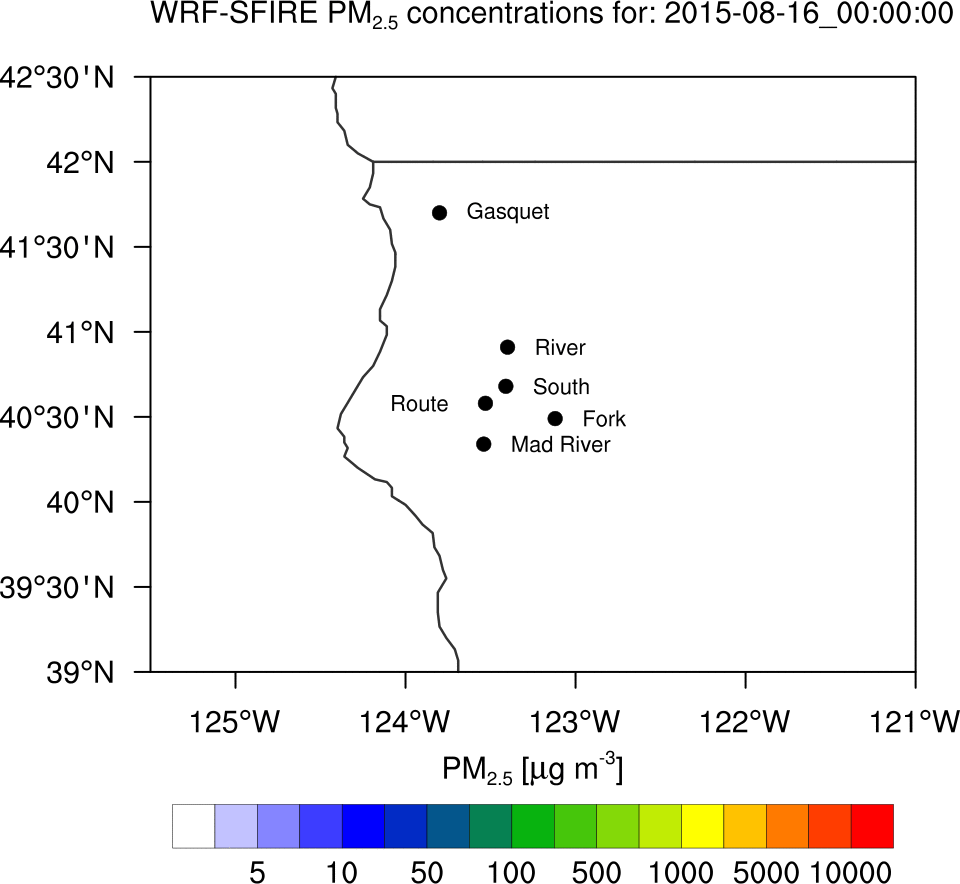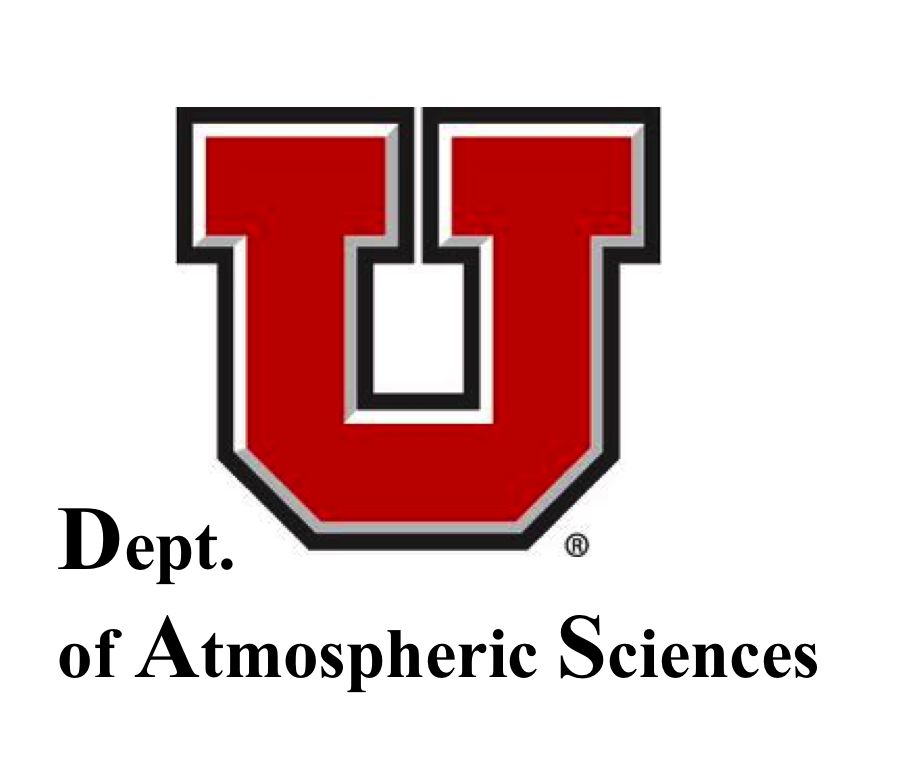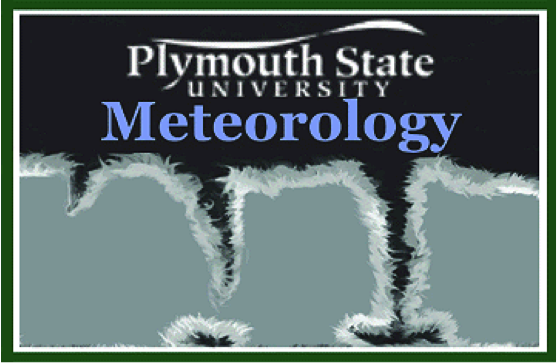Welcome!

I am a Research Assistant Professor at the University of Utah's
Department of Atmospheric Sciences. The general theme of my research revolves around using atmospheric
models to better understand processes that occur within the boundary layer. The phenomena that I am most
interested in often have strong linkages to climate change and involve exchanges between the atmosphere and
land surface.
My most recent projects have focused on using atmospheric models to (1) elucidate key
processes that governs wildfire behavior and smoke dispersion, (2) quanitify the impacts of aeolian
processes on air quality, and (3) constrain urban greenhouses gas (GHG) emissions. As we continue through
the 21st century, wildfires and wind-blown dust events are projected to worsen as a result of increasing aridity
caused by climate change. Therefore, it will be critical for us to develop and refine modeling tools that
can help us better understand the dynamics that drive dust and wildfire smoke transport. Understanding
fire-related processes will be critical for evaluating how wildfire smoke impacts air quality, human
health, and ultimately, the earth-climate system. Models are also needed forecast smoke
and dust events to limit human exposure to poor air quality.
Atmospheric models can also be powerful tools for providing better estimates of urban emissions when combined
with measurements and bottom-up emission inventories. Improved GHG estimates can help inform policy
makers on effective solutions for mitigating emissions.
More details on this subject and the rest of my research can be found on the top of my webpage.

WRF-SFIRE model simulation of wildfire smoke dispersion across northern California originating from 6 large fires during August 2015.


